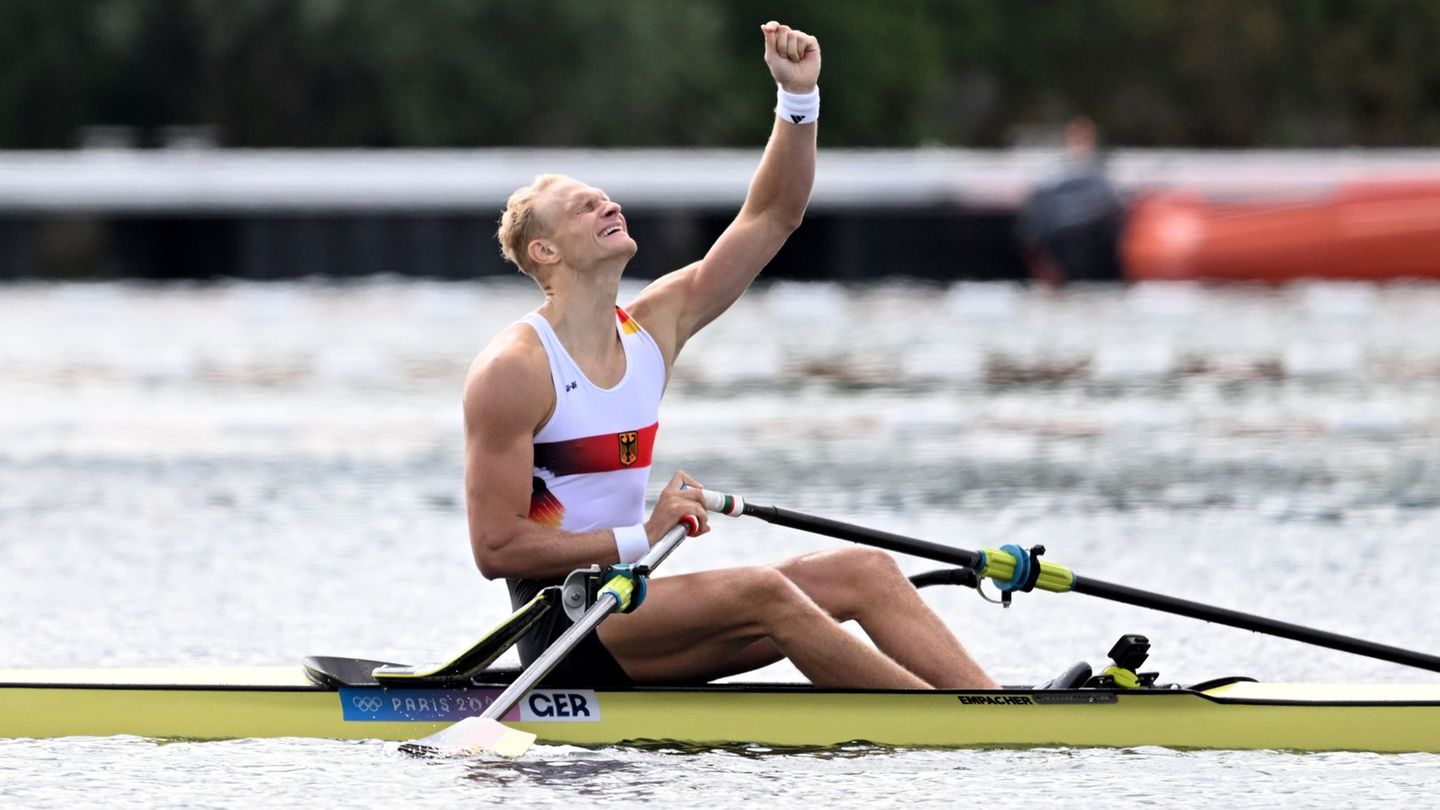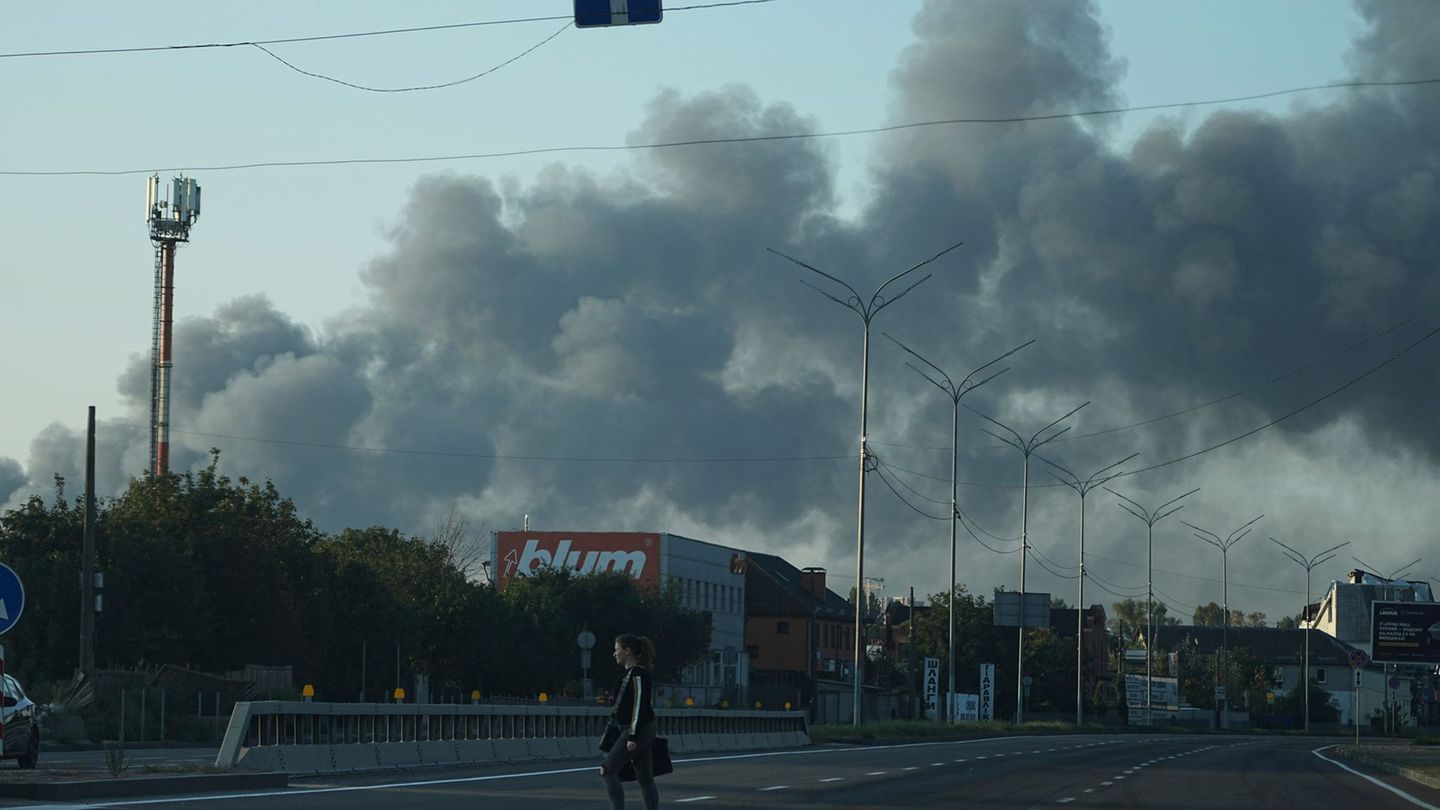ÖVP: A victory that could be lacking in shine
The Landes-ÖVP will in all likelihood extend its lead over the runner-up and thus once again become the undisputed dominant force in the country. Skipping the 40 percent mark, which has also long been one of the goals of the People’s Party, is now regarded internally as barely achievable.
For Governor Thomas Stelzer, the ÖVP’s top candidate for the first time, a solid victory is on the horizon, but not a glamorous triumph. The entire ÖVP election campaign was tailored to the person of Stelzer. He was featured on the party’s election posters as the decisive number one, but in the election campaign itself, Stelzer was primarily concerned with avoiding mistakes and not breaking the bridges with the FPÖ. Because the presumably even more delicate decision awaits the ÖVP after September 26: the choice of the coalition partner.
FPÖ: A second place that becomes the first goal
The FPÖ will not be able to maintain the record result of 2015 – 30.4 percent. But the Freedom Party did not expect that either. After Ibiza, the electoral goal is to keep the losses within limits and once again become the second strongest force in the country. Both can succeed, second place seems safe and a result above the 20 percent mark is within reach.

Deputy Governor Manfred Haimbuchner is running for the third time as an FP top candidate, the routine was noticeable in the election campaign. Although he himself became seriously ill with Covid-19 at the beginning of the year, he took over the anti-vaccination propaganda of the Federal FPÖ, party leader Herbert Kickl was a permanent guest at Haimbuchner’s side at blue election campaign events. Haimbuchner has accepted the fact that he is risking the continued existence of the black-blue state coalition with a view to corona protest voices.
SPÖ: A tough fight for the minimum goals
Political recovery is not a sure-fire success, the SPÖ is experiencing this for the second time since 2015. Crashed to an all-time low of 18.4 percent six years ago, this time the goal was to gain more than 20 percent and to chase the FPÖ back into second place. But the closer the election day approached, the clearer it became apparent that even the minimum goals of gain and 20 percent would not be a walk in the park.

District Councilor Birgit Gerstorfer, who has been the SPÖ leader since 2016, is personable in personal dealings, but has not been able to alleviate the party’s serious organizational weaknesses. In terms of the program, the red core topics of work, care and education could hardly be brought to the fore in the pandemic election campaign. So one hopes for the electoral arithmetic, through which a second regional councilor could end up with the SPÖ if the FPÖ suffers losses.
Greens: A first test for the new generation
Imagine that the Greens are going into the state election campaign and Rudi Anschober is not there. For many years it was impossible to imagine. But in 2021, for the first time, a new generation of green will start, led by Provincial Councilor Stefan Kaineder, who shares the same goal with his predecessor: to keep the seat of the Greens in the state government – and it looks good for that.

The Greens are around 12 percent in the polls, and after the election, Kaineder wants to urge the ÖVP to reissue the black-green state coalition that existed from 2003 to 2015. His main topic is climate protection, of which he wants to convince everyone with almost missionary zeal. Exactly that could also be a hurdle for a black-green alliance: Some in the ÖVP are uncomfortable with this sense of mission – and also not the prospect that the bourgeois-green Kaineder could poach in the Christian-social VP electorate.
Neos: A second attempt that must not go wrong
In a federal state like Upper Austria, with its strong international focus on the economy and some urban centers, the Neos should actually slide over the four percent hurdle as light as a feather. But in 2015 at the first attempt one stumbled clearly. And this year the second attempt will not be child’s play either. Only a second failure would also be a fatal signal for the Neos federal party.

So there is a lot at stake for the top candidate Felix Eypeltauer, the great-grandson of the Linz SPÖ mayor Ernst Koref and grandson of the former SPÖ State Secretary Beatrix Eypeltauer. In the election campaign Eypeltauer presented himself eloquent and winning. The fact that it could become scarce again in 2021 is due to the almost completely missing party structure of the Neos in Upper Austria, a permanent failure of the federal party, which is exclusively focused on Vienna.
Record: Eleven parties are running for parliament
This year, with eleven parties, more than ever before are running for the state parliament. In addition to the ÖVP, FPÖ, SPÖ and Greens already represented, the Neos, Menschen-Freiheit-Grundrechte (MFG), the KPÖ, Best Upper Austria (BESTE), Independent Citizens Movement (UBB), the Christian Party (CPÖ) and the Referendum List want to move in . Four percent is necessary for this.
According to the latest polls, the Neos, who are currently represented in six out of nine state parliaments, can achieve this goal. The vaccination skeptics at MFG recently brought additional movement into the election campaign and into the strategic considerations of the established parties. Some polls sensationally see them also in the upcoming state parliament.




